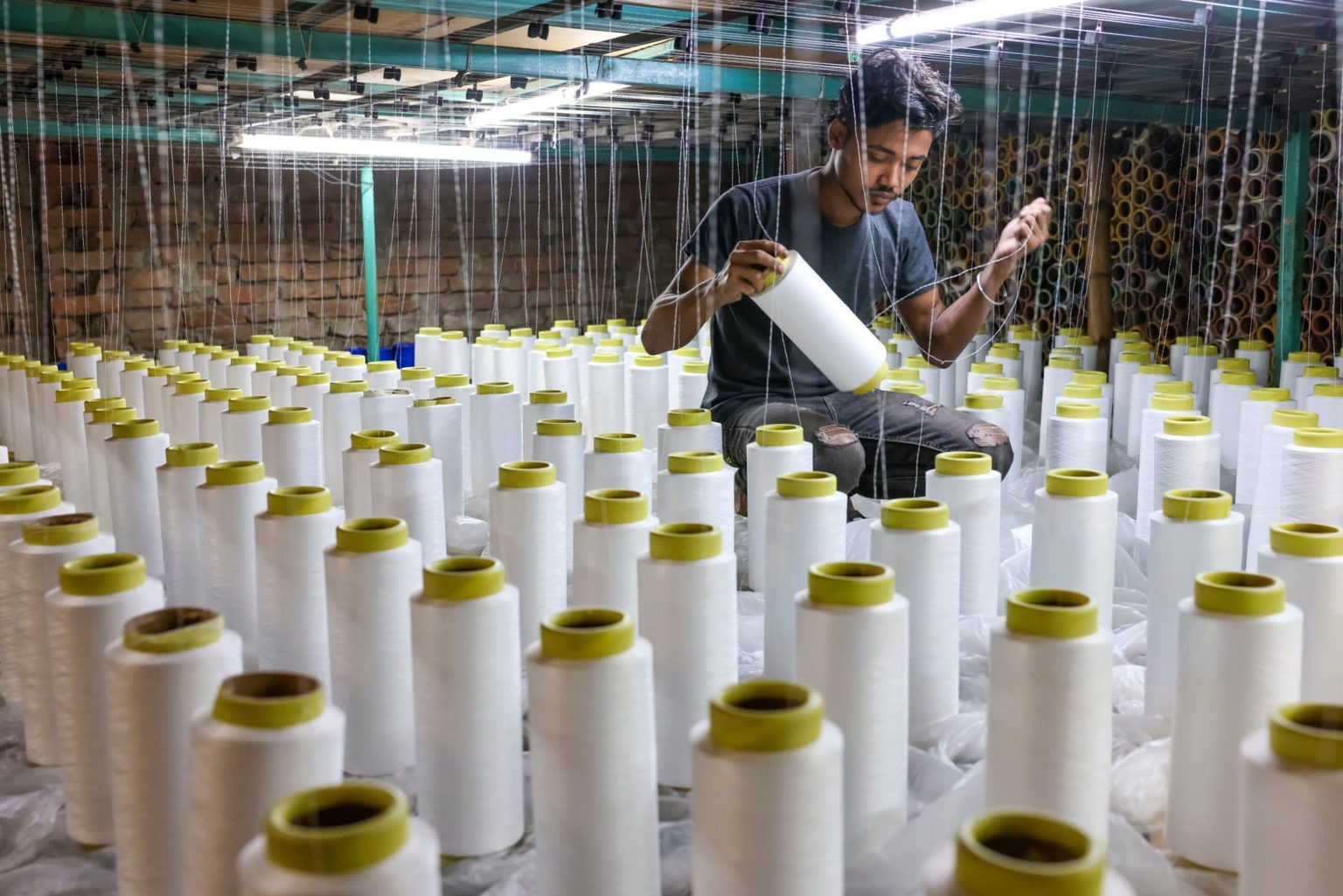The price of locally produced yarn has surged by 8-9 per cent in recent weeks, driven by higher demand following the US tariff advantages for the Bangladeshi apparel industry. Additionally, a restriction on yarn imports through land ports has increased demand for local yarn.
This surge has raised concerns among garment manufacturers, who fear that rising input costs could squeeze their profit margins in the export sector. While spinners attribute the price hike to increased production costs, apparel makers argue that this increase comes at a time when they are already struggling to stay competitive in global markets.
Since yarn accounts for nearly half the cost of making a T-shirt or any garment, this price adjustment is expected to directly impact apparel exports. Several apparel manufacturers confirmed to TIMES of Bangladesh that the price of locally produced yarn has increased by 15 to 25 cents per kilogram in recent weeks. Spinning millers, however, denied being aware of the price increase.
Mohammad Hatem, President of Bangladesh Knitwear Manufacturers and Exporters Association (BKMEA), said, “Just a few days ago, I used to buy 30-count recycled PC yarn at $2.45 per kg, but now the mills are asking for $2.65. They are claiming the rise is due to higher production costs.” He added, “This increase in yarn prices will certainly impact apparel exports.”
Shams Mahmud, Managing Director of Shaha Denims, also expressed concern, saying, “The price of local yarn has surged by 15 to 25 cents per kilogram due to higher demand for local yarn.” He attributed the rise to two main factors: restrictions on importing Indian yarn and increased demand following the competitive tariff rate in the US market.
In April, the National Board of Revenue imposed a restriction on yarn imports through land ports, reducing imports from India.
BKMEA Executive President Fazlee Shamim Ehsan said yarns are being imported from India via seaport, which has stretched lead times and is requiring larger orders. His company had to source local yarn recently to meet immediate demand.
“I would have to wait longer to order the minimum quantity from India via the seaport,” he told TIMES of Bangladesh.
Shams Mahmud added, “The extra cost for yarn will remain manageable as long as the government ensures sufficient gas and electricity supply to garment factories. However, if energy supply falls short, the additional cost will directly affect RMG exports.”
The primary textile sector has attracted around $25 billion in investment, with local production meeting about 85-90 per cent of yarn demand for knit garments and 40-45 per cent for woven garments. Additionally, Bangladesh imported 12.15 lakh tonnes of yarn—mainly cotton yarn—an increase of 31.45 per cent from 9.24 lakh tonnes in 2023, according to the Bangladesh Textile Mills Association (BTMA).
Razeeb Haider, Director of the Bangladesh Textile Mills Association, said that he was unaware of the recent yarn price hike, as the BTMA does not intervene in price fluctuations. “If individual mills raise yarn prices, it is their own decision,” he said, adding that the current demand situation is neither overly optimistic nor concerning. “It will take another month to fully assess the impact of the US tariff benefit, as we are in the off-peak season,” he explained.
The changes in the US “Reciprocal Tariff” structure have placed Bangladesh in a more favourable position, sector insiders noted. As a result, US brands and buyers have shown more interest in Bangladeshi apparel.
Export orders for the upcoming winter season have already been completed, and orders for the next summer season are expected to begin arriving by mid-next month. Despite the usual slowdown in export orders, this year, a significant number of orders are still coming in—many of which have shifted from India and other countries.
Shovon Islam, Managing Director of Sparow Group, said that his factory had received an additional 10 to 15 per cent in shipment orders and was fully booked until January.


